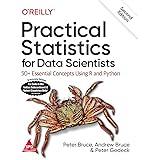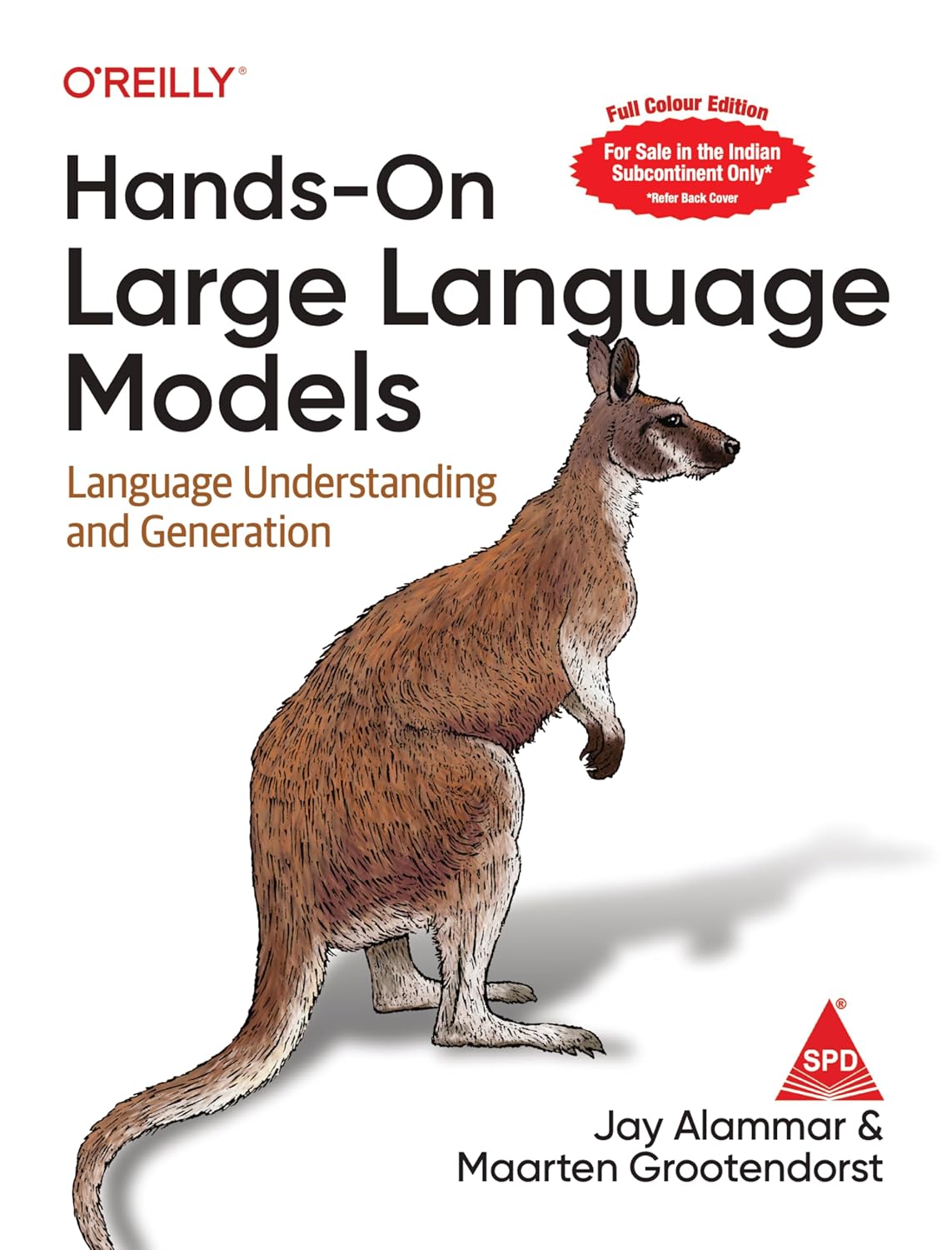MANOVA in SPSS: A Comprehensive Guide
MANOVA in SPSS, Statistical analysis plays a crucial role in research, allowing scholars and practitioners to draw meaningful conclusions from their data.
One of the more advanced techniques used in multivariate analysis is the Multivariate Analysis of Variance (MANOVA).
MANOVA in SPSS
This article will explore what MANOVA is, why it is essential, and how to conduct it using SPSS, providing valuable insights to both novice and experienced researchers.
What is MANOVA?
MANOVA, or Multivariate Analysis of Variance, is a statistical test used to determine if there are significant differences between the means of multiple groups based on two or more dependent variables.
Unlike ANOVA (Analysis of Variance), which analyzes one dependent variable, MANOVA allows researchers to evaluate complex scenarios where multiple outcome measures are in play.
Why Use MANOVA?
- Multiple Dependent Variables: In many research scenarios, we might want to explore the influence of independent variables on several dependent variables simultaneously. MANOVA helps in understanding the relationships among these variables.
- Control for Type I Error: Conducting separate ANOVAs for each dependent variable increases the risk of Type I error—incorrectly rejecting the null hypothesis. MANOVA addresses this issue, assessing the dependent variables collectively.
- Understanding Interaction Effects: MANOVA can reveal intricate interactions between independent and dependent variables that single measures might overlook, providing a more comprehensive view of the data.
Conducting MANOVA in SPSS
Step 1: Prepare Your Data
Before diving into analysis, ensure that your data is appropriately formatted. In SPSS, data should be organized with each row representing a case and each column representing a variable. Ensure that your dependent variables are continuous, while your independent variables can be categorical or continuous.
Step 2: Running MANOVA
- Open SPSS: Launch your SPSS software and load your dataset.
- Access MANOVA: Navigate to the menu bar and click on ‘Analyze,’ then select ‘General Linear Model,’ and finally ‘Multivariate.’
- Define Your Variables:
- In the dialog box that appears, select the dependent variables you wish to analyze and move them into the ‘Dependent Variables’ box.
- Choose your independent variable(s) and place them in the ‘Fixed Factor(s)’ box.
- Options for Further Analysis:
- Click on the ‘Options’ button to select additional statistics such as descriptive statistics, effect size estimates, and post-hoc tests.
- Consider adjusting the confidence interval and significance level settings based on your research requirements.
- Run the Analysis: After you have set your variables and options, click ‘OK’ to run the MANOVA.
Step 3: Interpreting the Results
After the analysis is complete, SPSS will provide an output window with various tables. Here are some critical components to examine:
- Multivariate Tests: This table shows the significance of your independent variables on the dependent variables as a group. Key statistics to look out for include Pillai’s Trace, Wilks’ Lambda, Hotelling’s Trace, and Roy’s Largest Root.
- Levene’s Test of Equality of Error Variances: This test checks the assumption of equal variance across groups. A non-significant result suggests that this assumption holds.
- Post-hoc Tests (if applicable): If your MANOVA is significant, follow-up tests can be conducted (like post-hoc ANOVA) to explore differences between groups for each dependent variable.
Conclusion
MANOVA is a powerful statistical tool that enables researchers to analyze multiple dependent variables simultaneously, providing a nuanced understanding of data that aggregate single-tests cannot offer.
By following the steps outlined in this guide, you can effectively conduct MANOVA in SPSS, increasing the rigor and depth of your statistical analyses.
As you explore your data with MANOVA, remember the importance of interpreting your results in the context of your research questions and the implications of your findings.
With practice and understanding, MANOVA will enhance your analytical toolkit, allowing you to uncover new insights in your research endeavors.
Additional Resources
For those looking to deepen their understanding of MANOVA or SPSS, consider accessing online courses, tutorials, and guides that offer more in-depth instructions and examples.
Engaging with statistical communities can also provide valuable support and resources as you advance your skills in multivariate analysis.




